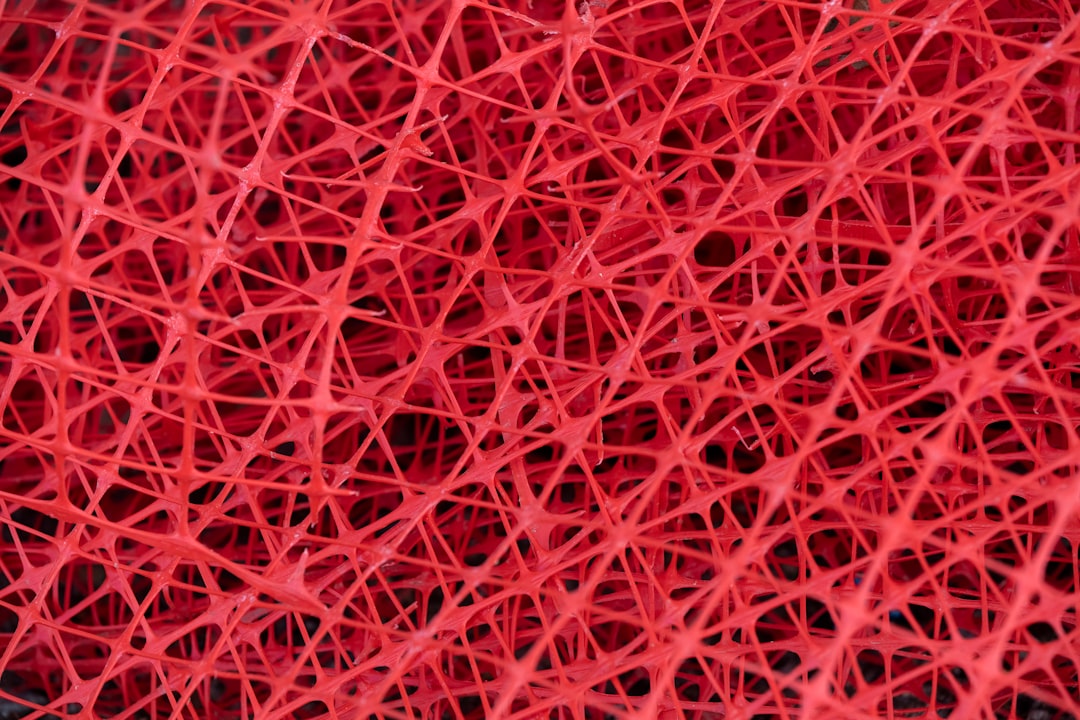What is it about?
Energy efficiency is the key requirement to maximize sensor node lifetime. Sensor nodes are typically powered by a battery source that has finite lifetime. Most Internet of Thing (IoT) applications require sensor nodes to operate reliably for an extended period of time. To design an autonomous sensor node, it is important to model its energy consumption for different tasks. Each task consumes a power consumption amount for a period of time. To optimize the consumed energy of the sensor node and have long communication range, Low Power Wide Area Network technology is considered. This paper describes an energy consumption model based on LoRa and LoRaWAN, which allows estimating the consumed power of each sensor node element. The definition of the different node units is first introduced. Then, a full energy model for communicating sensors is proposed. This model can be used to compare different LoRaWAN modes to find the best sensor node design to achieve its energy autonomy.
Featured Image
Why is it important?
Energy optimization of LoRa technology and estimation of sensor node lifetime.
Perspectives
In future works, this energy model could be used in power management algorithms for communicating sensor powered by energy harvesting sources in order to maximize the sensor node lifetime.
Dr. Taoufik Bouguera
Polytech' Nantes
Read the Original
This page is a summary of: Energy Consumption Model for Sensor Nodes Based on LoRa and LoRaWAN, Sensors, June 2018, MDPI AG,
DOI: 10.3390/s18072104.
You can read the full text:
Resources
Contributors
The following have contributed to this page










